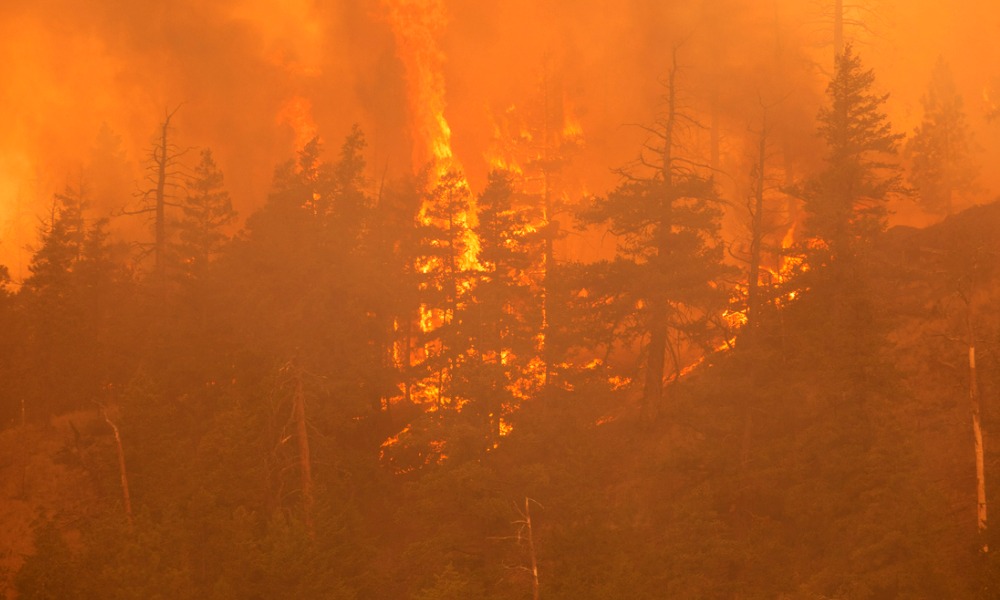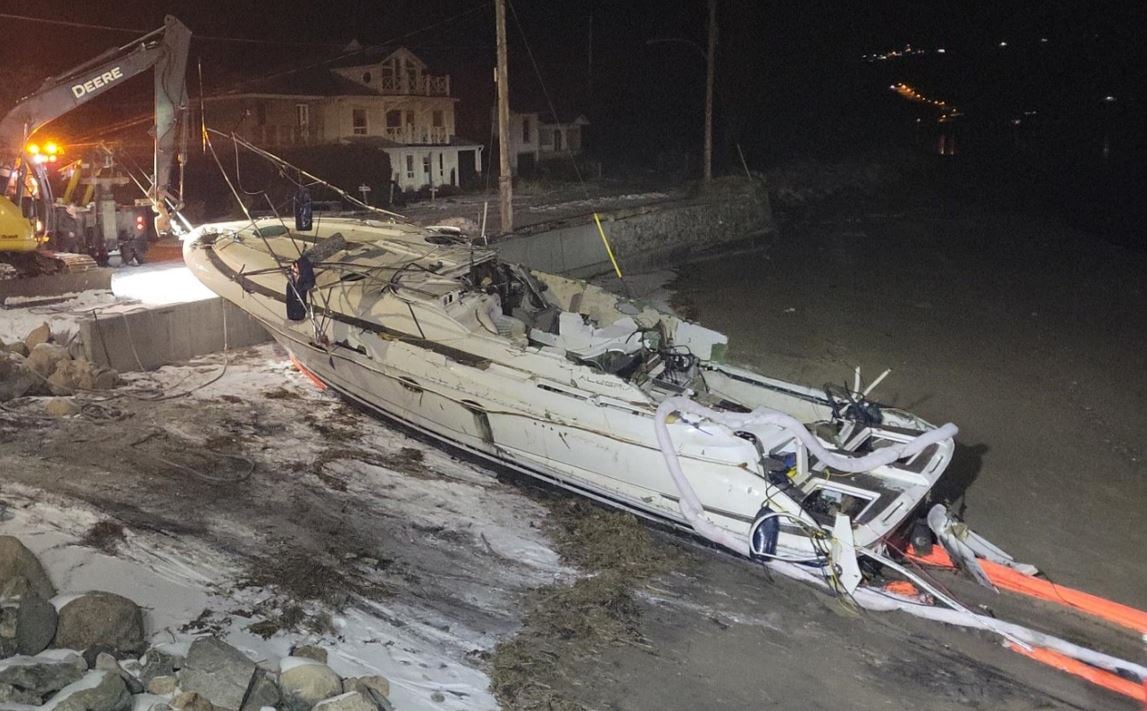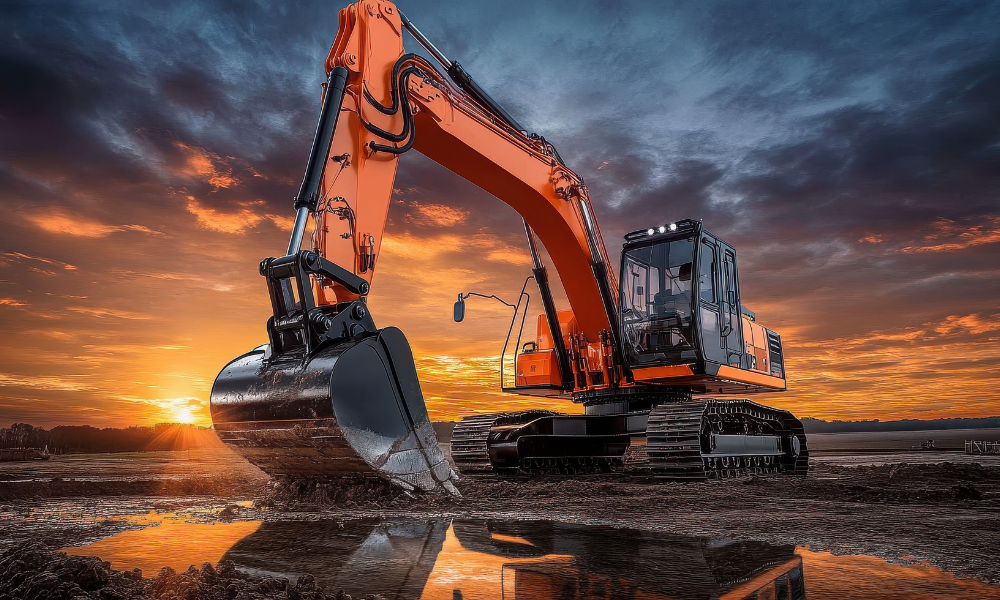Emergency management services report glitches, hardware failures, and connectivity issues

As Canada faces increasingly severe wildfire seasons, the technology used by emergency management services is struggling to keep pace with the growing demands. Mikhail Ishkhanov, senior director of product strategy at SOTI, highlights a critical issue in the current landscape: the technology designed to assist in these high-pressure situations often falls short when it matters most.
"92% of Canadian emergency services teams encounter challenges with the mobile devices and hardware they're provided," Ishkhanov points out, emphasizing how these technical difficulties can significantly delay response times. In the context of wildfires, where every second counts, these delays can be catastrophic.
The data Ishkhanov references comes from SOTI's recent Emergency Services Report, which was based on a comprehensive survey conducted between January 26 and February 14, 2024. The survey involved 900 self-completed interviews with emergency service workers across nine global regions, including Canada. The respondents represented various sectors: 35% from ambulance services, 24% from police forces, 21% from fire and rescue services, and 20% from search and rescue operations. The findings reveal that technical issues with mobile devices are a common stressor, with 63% of respondents indicating that these problems add significant stress to their already demanding roles.
The technology in use—ranging from Panasonic Toughbooks in command vehicles to the mobile devices carried by first responders—needs to function flawlessly. "In mere seconds, a wildfire can spread. You must have the latest data to make decisions," Ishkhanov stresses. Yet, the reality is that these devices frequently encounter connectivity issues, software glitches, or hardware failures, adding stress to already high-stress situations. Ishkhanov notes that it can take up to 30 minutes to resolve some of these issues, a delay that could mean the difference between containment and disaster.
Despite the availability of advanced tools, many emergency services still rely on outdated methods. "57% of Canadian emergency service workers still use pen and paper," Ishkhanov reveals. This reliance on manual processes not only slows down operations but also introduces significant risks, such as the loss of crucial information.
However, there is hope in the form of emerging technologies. Ishkhanov highlights drones as a promising solution. "Drones, especially those capable of operating beyond the visual line of sight, can be the first to arrive at a scene," he explains. These drones can quickly assess the situation, providing vital information to command centers before human responders even arrive. This capability is crucial in wildfires, where rapid assessment and response are essential.
Artificial intelligence (AI) is another area where significant advancements are possible. Ishkhanov sees AI-driven analytics as a game-changer for emergency management. "AI can predict potential disaster zones and understand resource allocation needs with remarkable accuracy," he says. In the case of wildfires, this could mean preemptively deploying resources to high-risk areas, potentially preventing the fire from spreading in the first place.
Looking to the future, Ishkhanov believes that better leveraging of existing technologies and the adoption of new ones like AI and drones are vital. "These tools have the potential to transform how we manage emergencies," he asserts. By closing the current technology gaps, emergency services can become more efficient and effective, ultimately saving lives and reducing the devastating impact of wildfires.
In the end, Ishkhanov's message is clear: the tools exist, but they must be used correctly and updated consistently to meet the demands of today's emergencies. "Pen and paper in a high-stress situation don't help," he concludes, advocating for a more modern, tech-driven approach to emergency management. As wildfires continue to pose a growing threat, the need for reliable, cutting-edge technology has never been more critical.





